A Complete Guide To Food Technology And Its Importance
While the world population is continuously increasing steadily, the capacity of the earth to renew its resources is continuously decreasing.
In this article, we will discuss a complete guide to food technology and its importance.
As a result, bioresources needed for food production are diminishing, and we need new approaches to feed the future population. In the last decade, food technology has become popular.
What is Food Technology?
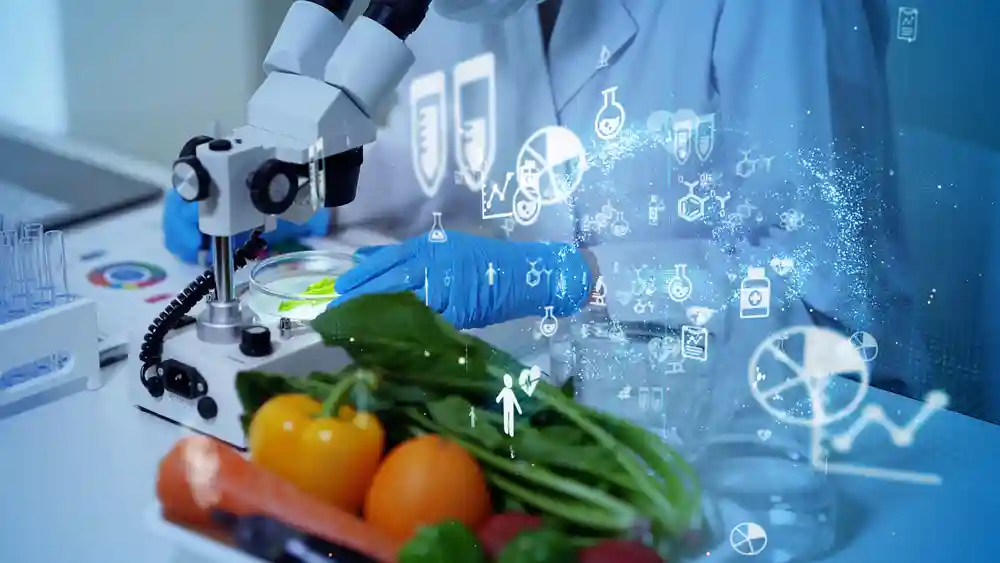
In order to understand the definition of food technology, first, we need to know food science.
Food science studies the physical, chemical, and biological nature of foods that cause food deterioration and other concepts underlying food processing.
The physical properties of food include its texture, color, and rheology. Chemical properties mean pH, protein content, ash content, etc.
Top Food Technology Subjects :

If you are interested in food science and technology, you must know the core subjects of this industry so that you can choose the one you like the most.
Food Analysis :
Simply put, food analysis involves physical and chemical tests or assays of food and products.
It is a diverse field that has significant health, societal and economic impacts.
Determination of moisture, protein, and ash content are some common procedures used in food analysis labs.
Food Chemistry :
It is a major field of food science that includes studying food’s structure, composition, and properties.
It also focuses on changes in composition during handling and processing and how certain techniques affect food composition.
It helps in increasing food quality by using different techniques.
Food Microbiology :
Studying the microbes that inhabit, colonize, modify, and contaminate food is important.
It helps prevent food spoilage by microbes and examines food products to ensure public safety.
It is essential to study general microbiology to understand food microbiology.
Food Processing :

Food processing involves several steps through which raw food material is converted into products suitable for cooking, consumption, and storage.
Grinding grains to make flour is one simple example of food processing.
Food Engineering :
It includes the application of engineering concepts and operations in the processing, storing, and distributing of food materials and their by-products.
The main principles of food engineering are material and energy balance, thermodynamics, fluid flow, mass, and heat transfer.
These are the major subjects of food science and technology.
Some other additional courses include biotechnology, sensory analysis, advanced food engineering, food laws and regulations, toxicology, etc.
What Do Food Technologists Do?
You are well aware of the Kwashiorkor and Marasmus diseases that result from protein-calorie malnutrition.
Food technologists worldwide are working to find feasible and innovative solutions to reduce food waste and insecurity and eradicate diseases like marasmus and Kwashiorkor.
In addition, they are making the life of people more convenient in terms of food consumption.
Now let’s see why food technology is important and the involvement of food technologists in improving people’s lives.
Importance Of Food Science and Technology:
Here are some ways that can help you understand the importance of innovation and technologies in the food industry.
Food Technology Ensuring Food Safety :
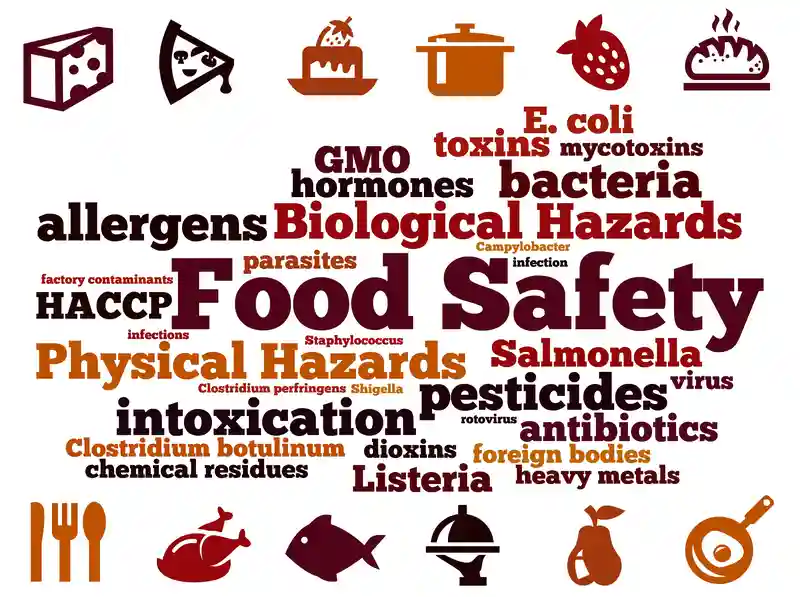
Having safe food is something that most people take for granted. Almost every food product comes with a use-by date which shows how long it is safe to eat.
Here food technology is playing its role in determining the perishability of food and food products and increasing the shelf life of products.
Moreover, you can see the storage guidelines so that you can keep your food correctly.
A disadvantage of labeling food is that many supermarkets dispose of products that have exceeded their sell-by date.
It results in a large amount of food wastage that is still safe to use.
Finding Solutions for Lactose Intolerance:
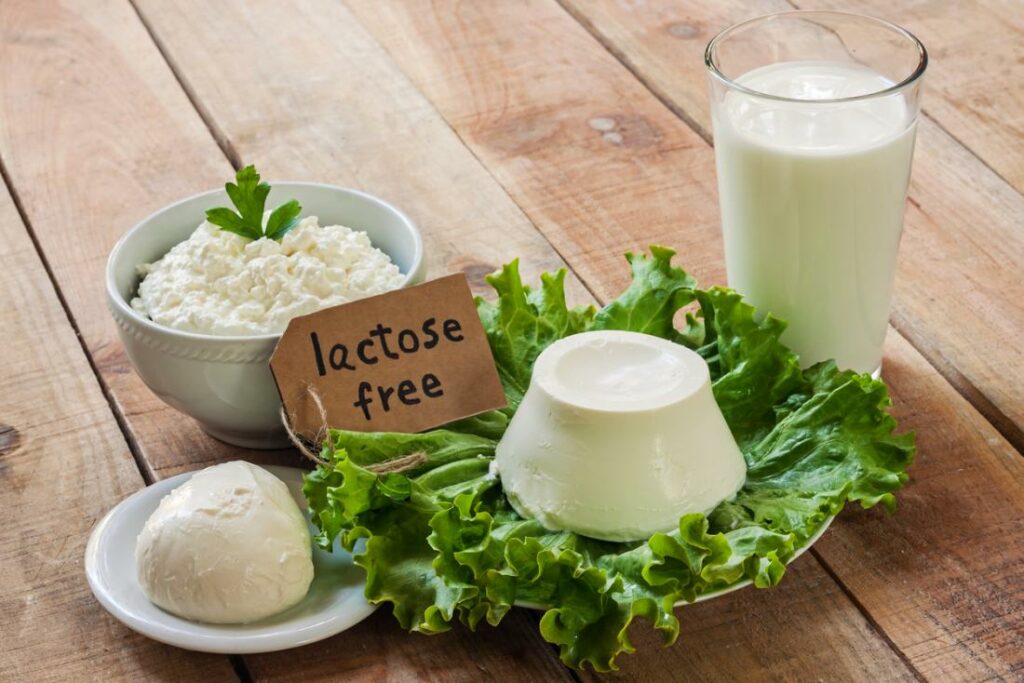
Many people in the world are lactose intolerant, meaning their bodies can not digest a significant amount of lactose.
It is a great challenge for the food tech industry, and they are finding solutions.
Food technologists have found different ways to make lactose-free foods and drinks.
Over time the lactose-free category has expanded beyond dairy, and you can find plant-based alternatives to ice cream and yogurt.
Other than that, you can also get lactose-free bakery products due to innovations in the food industry.
Searching Alternate Protein Sources:
Most individuals use animal sources to fulfill their protein needs.
It is not only expensive but also plays a major role in climate change because livestock cultivation is playing a major role in greenhouse gas emissions.
That is why food technologists are finding ways to produce alternative protein sources.
As the awareness about climate change and sustainable diet increases, demand for alternative protein sources is also increasing.
Some food tech companies now offer plant-based proteins, algae-based proteins, and lab-grown meat to consumers.
Producing Fortified And Enriched Foods:
The food technology industry is growing continuously and innovating new ways every day for the benefit of consumers.
They produce fortified foods by adding micronutrients, trace minerals, and vitamins to food products.
It helps consumers to overcome dietary deficiencies through food products.
For example, fortification in low-fat spreads which are used as a substitute for butter.
Preserving Nutritional Quality of Food:
Modern technologies in the food industry maintain the quality of food and its nutritional properties. Some vitamins and minerals are easily lost during storage, mostly due to oxidation.
Advanced preservation and packaging techniques are used to prevent nutrition loss. Food technologists also recommend adding safe food additives to prevent oxidation.
On the other hand, nutritional loss occurs during processing, depending on the extent of processing.
Fortification and similar processes are used to overcome this loss during processing.
Although food tech industries are using advanced plastic packaging to keep food fresh during storage, it causes a harmful impact on our environment.
Food Technology Producing Convenience Foods:

Food technologists are always trying to find new products that can bring ease and benefits to the life of consumers.
Production of convenience food is also an effort to achieve this goal.
Convenience foods are prepared and packaged in a way that needs little or no preparation before consumption.
You can consume such products any time after thawing or heating. Due to busy lifestyles and an aging population, the trend of convenience foods has increased.
These are the best for individuals who do not have much time to spend on food preparation. Processed and pre-cooked dishes reduce the time and energy required for cooking.
With the increasing trend of convenience foods, food manufacturers have flooded the market with products that require little preparation for consumption.
They are producing foods that are tasty, safe to eat, and easy to consume.
Developing Artificial Sweeteners :
Nowadays, it is a common practice in the food industry to develop new products and alter their nutritional content.
For example, a high-calorie diet is not suitable for people having cardiovascular issues.
That is why professionals in food technology are finding ways to reduce calorie content with the help of non-nutritive components.
These are used in soft drinks to make them sweet without using sugar.
Individuals with diabetes and or cardiovascular problems can use these sweeteners in their drinks and desserts.
It can benefit numerous ways, such as calorie control, reducing weight, and managing diabetes.
However, these sweeteners also negatively impact health, so you must take advice from a nutritionist before using them.
Food Technology And Advanced Storage:
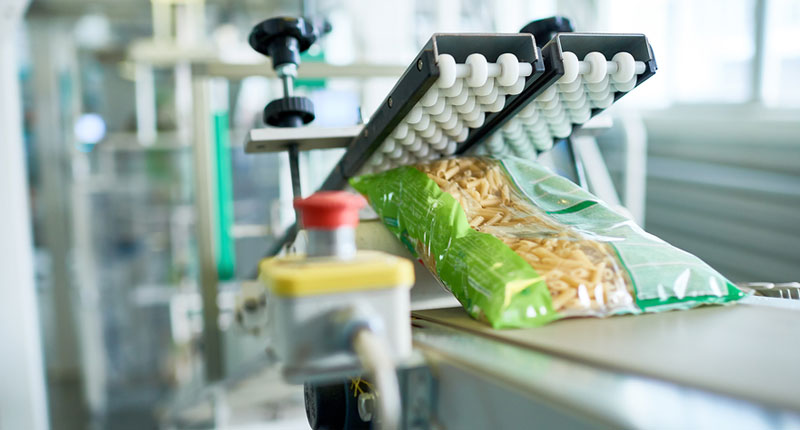
Food technology has now gone beyond its inception and application in various foods.
It is an innovative way for advanced food packaging that can be economical and environmentally friendly.
CONTROLLED ATMOSPHERE PACKAGING :
One of its widely used applications is controlled atmospheric storage for vegetables and fruits.
In a controlled atmosphere, packaging and storage, oxygen, nitrogen, and carbon dioxide concentrations are regulated.
Moreover, the humidity and temperature of the packaging and storage room can be manipulated according to the food products.
Some fruits like mangoes respire even after harvesting. During storage, such fruits respire, take oxygen inside, and release carbon dioxide.
It means they continue to mature during storage due to respiration.
With the help of controlled atmosphere storage, we can reduce the amount in the air and enrich it with carbon dioxide.
As a result, respiration is slowed, reducing ripening and increasing shelf life.
As a whole, we can say that food technology is helping significantly reduce the spoilage of fruits and vegetables and enhance their storage time.
Food Technology Using Liquid Nitrogen Preservation:

Using liquid nitrogen in food preservation is one of the best gifts food technology has given to the food industry. It is used in the rapid freezing of vegetables and delicate foods.
When traditional ways are used to freeze fruits and vegetables, large ice crystals are formed that change their texture.
When these fruits or vegetables are thawed, the liquid starts draining from them, and they do not look appealing.
On the other hand, when rapid freezing is used, tiny ice crystals are formed.
Food Technology Preventing Food Poisoning Outbreaks:
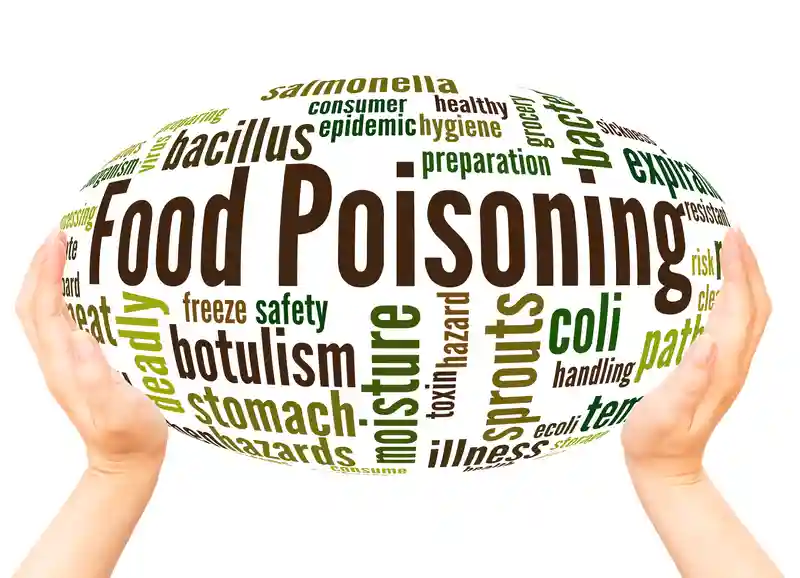
Food technology is also helping food industries to apply its principles in processing, preservation, and storage to prevent food poisoning outbreaks.
Food poisoning is an illness or disease that occurs due to the consumption of food. Usually, that food contains disease-causing viruses, bacteria, or parasites.
Food technologists ensure that proper regulations are being followed during processing so that products remain protected from pathogenic microbes.
Most outbreaks occur due to improper food handling, processing, and storage. Major outbreaks occur at restaurants, hospitals, and cafeterias.
E.coli is a very common pathogen that causes food poisoning and can be fatal.
Its source is undercooked meat. If restaurants do not follow proper techniques and serve undercooked meat, it can result in food poisoning outbreaks.
Thus, special care is required to process and handle food to prevent food-related diseases.
Conclusion :
Food science is the study of different aspects of food, including physical, biological, and chemical composition.
In contrast, food technology is the application of this science during food processing, preservation, and storage.
Food science and technology is a broad term that covers each and every aspect of food composition, processing, storage, and transportation.
Food technologists are innovating new ways to make food processing efficient and bringing new products to the market for the convenience of consumers.
To sum up, we can say that food technology is important to develop sustainable ways of food production, efficient food packaging and storage, and prevention of food poisoning outbreaks.



